Study Examines Possibility of Protecting Childhood Cancer Survivors’ Hearts With a Pill
Harsh treatments are often needed to save kids’ lives from cancer. Some of these treatments can weaken their hearts, which can lead to a terrifying consequence years down the road — heart failure. A new study, spearheaded by St. Baldrick’s researcher Dr. Armenian and opening at dozens of sites across the country, could help protect that vital organ and ultimately help survivors live long, healthy lives.
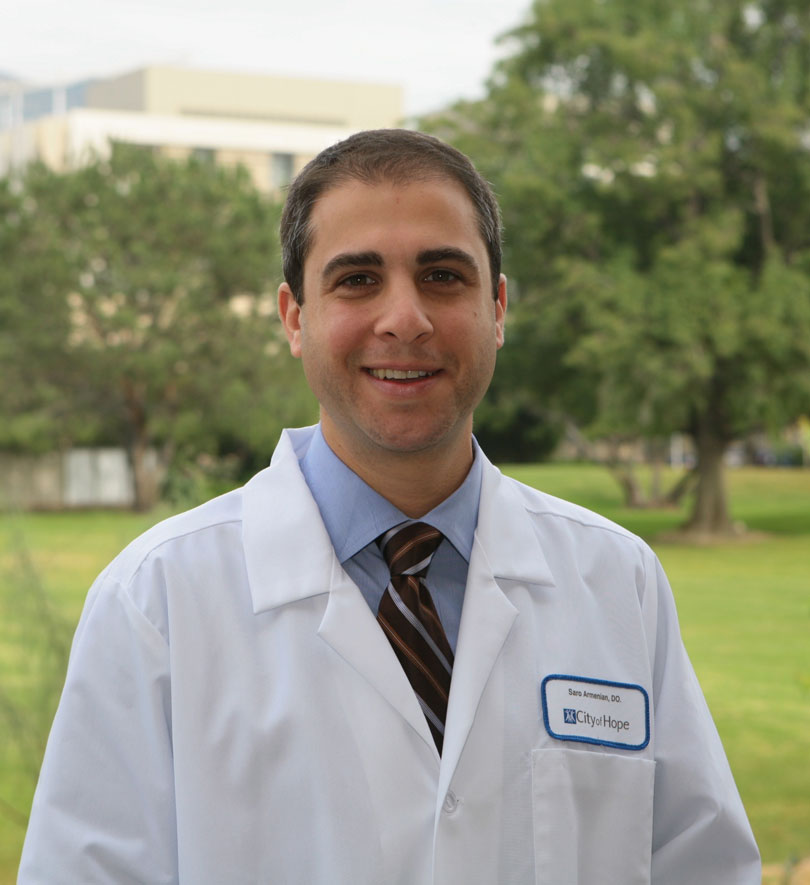
Dr. Saro Armenian has been involved in St. Baldrick’s since about 2009 and now has a St. Baldrick’s-funded study that could revolutionize care for childhood cancer survivors.
Normally, congestive heart failure is a health problem seen in people at the end of a long life. But for some childhood cancer survivors, that frightening health issue could be a reality as early as their 20s or 30s.
Team of Researchers Targets DNA to Help Kids With Hard-to-Treat Leukemias
They say two heads are better than one — what about lots of heads? Thanks to a St. Baldrick’s Consortium Grant, six teams of brilliant minds are working to give hope to kids with hard-to-treat leukemias.
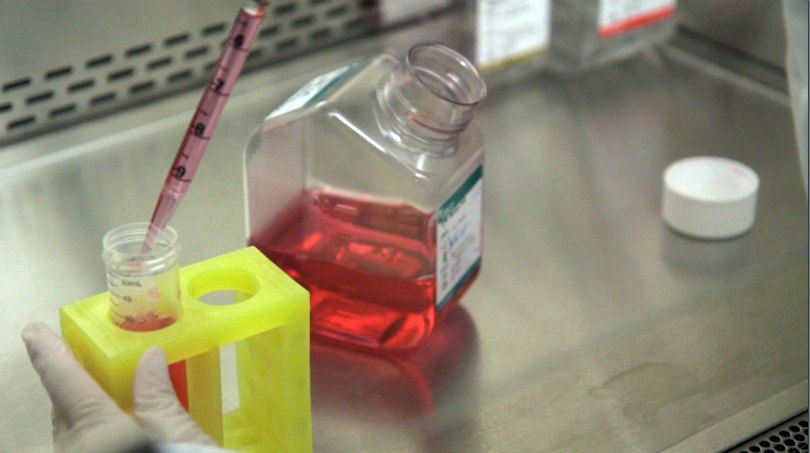
Fifty years ago, the most common childhood cancer, acute lymphoblastic leukemia (ALL), was one of the deadliest.
Cure rates have gone from near zero in the mid-1960s to about 90% currently. That’s amazing, said St. Baldrick’s researcher Dr. Stephen Hunger of The Children’s Hospital of Philadelphia, but it’s not enough.
Announcing St. Baldrick’s 2015 Summer Grants
We have some big news that will have you jumping through the sprinkler with joy.
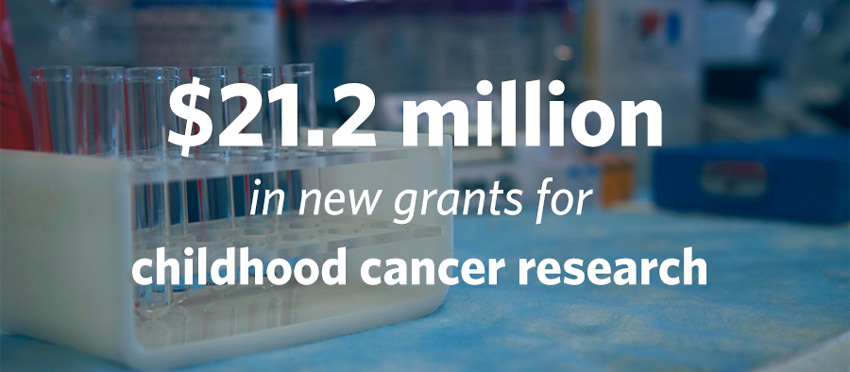
Summer has arrived and so have St. Baldrick’s Summer Grants!
Today we are awarding a whopping $21.2 million in new research grants to scientists across the globe. That’s 70 grants in 48 states and 11 countries, going to researchers making incredible gains in the fight against childhood cancer.
Our Day at CHLA: St. Baldrick’s Staffers Meet the Minds Behind the Grants
It’s not often that St. Baldrick’s staff get to meet the faces behind the grants we fund. In a rare and special visit, St. Baldrick’s staffers were invited to step into the labs of St. Baldrick’s researchers Dr. Robert Seeger, Dr. Muller Fabbri and Dr. Chintan Parekh at Children’s Hospital Los Angeles (CHLA). Join us on the tour!
St. Baldrick’s Foundation staff pose in front of Children’s Hospital Los Angeles.
A Small World Moment at the Think Tank
St. Baldrick’s Chief Philanthropy Officer, Becky Weaver, explains how a timely email led to a big realization. Join us and make a difference for kids with cancer. See ways to get involved.

November marked my 10th year with the St. Baldrick’s Foundation. And how much has changed since that time!
Back then, we were excited to give over $3 million to support one large grant to the Children’s Oncology Group and our first St. Baldrick’s Fellow, Dr. Sharon Singh.
2014 Summer Grants: A Record-Breaking Year
It’s the biggest grants release of the year: the St. Baldrick’s Foundation Summer Grants. This year, the announcement is bigger than ever! Don’t miss the video where we surprise some of our researchers with the exciting news. To see the research St. Baldrick’s is funding near you, visit our Grants Search.
You have made 2014 a record-breaking year.
In addition to helping St. Baldrick’s break a world record for head-shaving, this year our incredible St. Baldrick’s volunteers have raised more money for childhood cancer research than ever before — an amazing feat!
All of that hard work is paying off today, as we announce our annual Summer Grants. This is our biggest grant release of the year, and 2014 is a milestone for us all, as we give over $24.7 million in children’s cancer research grants — more than any year prior.
These Pediatric Oncologists Weren’t Expecting This Great News [VIDEO]
We surprised a few recipients of our 2014 Summer Grants with some exciting news — and we caught it all on video.
This is one of the most anticipated times of the year at the St. Baldrick’s Foundation: the time when we are able to turn generously given donations over to the hands of the world’s best childhood cancer researchers.
This year, we added a little twist.
We told these researchers we had one final video interview for them before we would announce our funding decisions.
Watch the video and you’ll see — we tricked them. But it was worth it.
Funding First-Rate Children’s Cancer Research With St. Baldrick’s Summer Grants
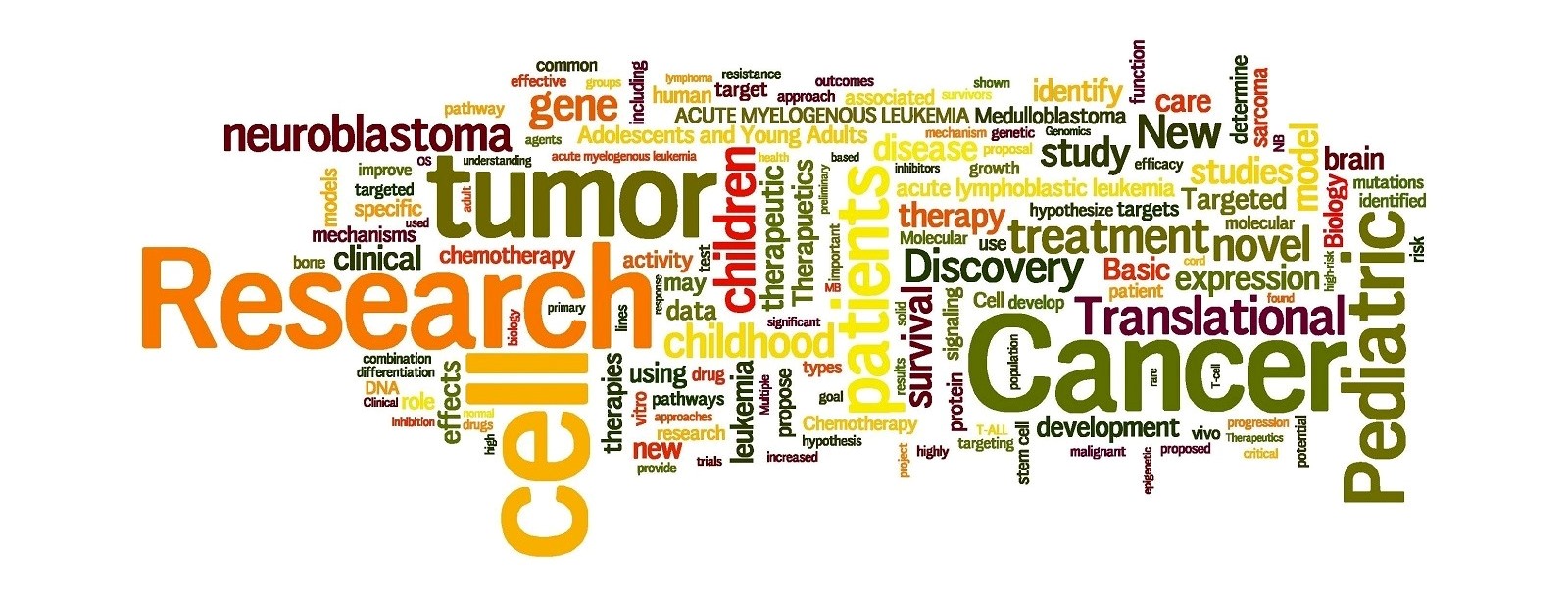
There is something more exciting than barbecues, beach balls, and sprinklers in the summertime at the St. Baldrick’s Foundation. Every summer, childhood cancer research grants are awarded to the best and most-promising researchers and institutions in the world — bringing us one step closer to a cure for childhood cancers.
Here’s how our grant funding cycles work:
UCSF Doctors Shave Their Heads for St. Baldrick’s [PHOTO ESSAY]
On November 16, the lobby of the UCSF Helen Diller Family Comprehensive Cancer Center in San Francisco turned green.
Green feather boas, green beaded necklaces, green bow ties and jackets, and even green hair flooded the space as several physician-researchers and faculty members joined with patients, families, and other volunteers and supporters for a St. Baldrick’s head-shaving event.
Mignon Loh, M.D., Ph.D., lead organizer for the event and a member of the St. Baldrick’s Foundation Scientific Advisory Committee, was planning to shave her head. She has been receiving St. Baldrick’s support for her pediatric leukemia research since 2008.
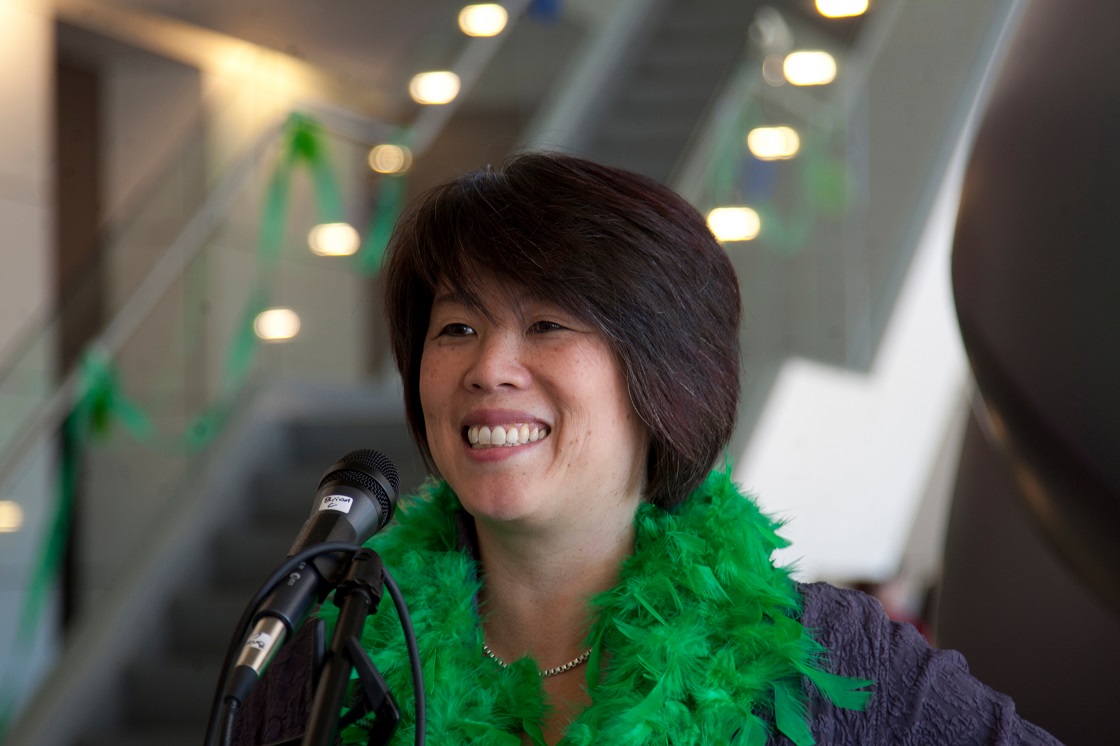
AML Stem Cell Research Funded by Childhood Cancer Foundation

Benjamin Mizukawa, M.D., received a three-year, $330,000 St. Baldrick’s Scholar award to support his work focused on acute myeloid leukemia (AML). Although most leukemia cells are readily killed by chemotherapy, if the leukemia stem cell is not killed in treatment, chances of survival are very low.
“We are studying how leukemia stem cells maintain self-renewal, or the ability to give rise to new leukemia cells,” Dr. Mizukawa explained. “By understanding the signals needed for self-renewal, we hope to identify new drugs to eliminate the leukemia stem cell and prevent relapsed disease.”
« Newer PostsOlder Posts »

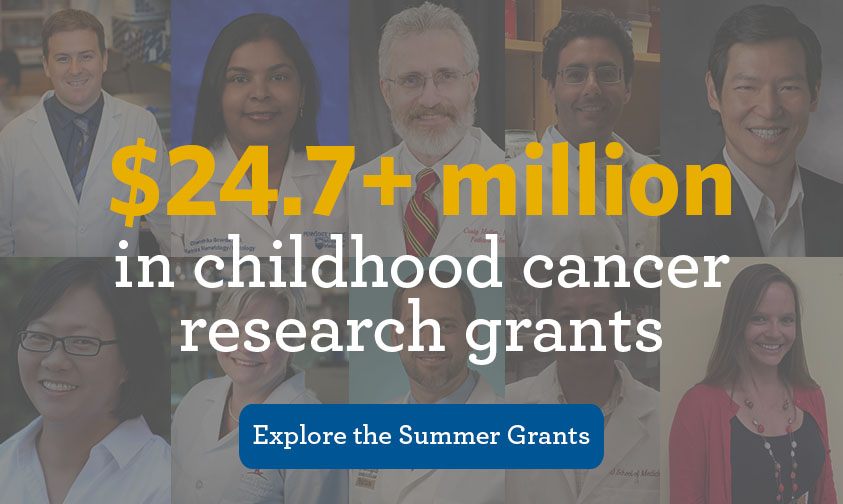
 SBF
Tweets »
SBF
Tweets »